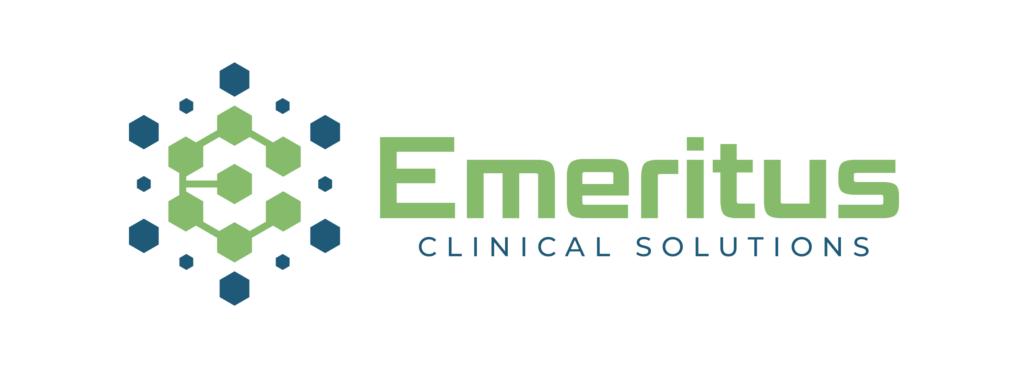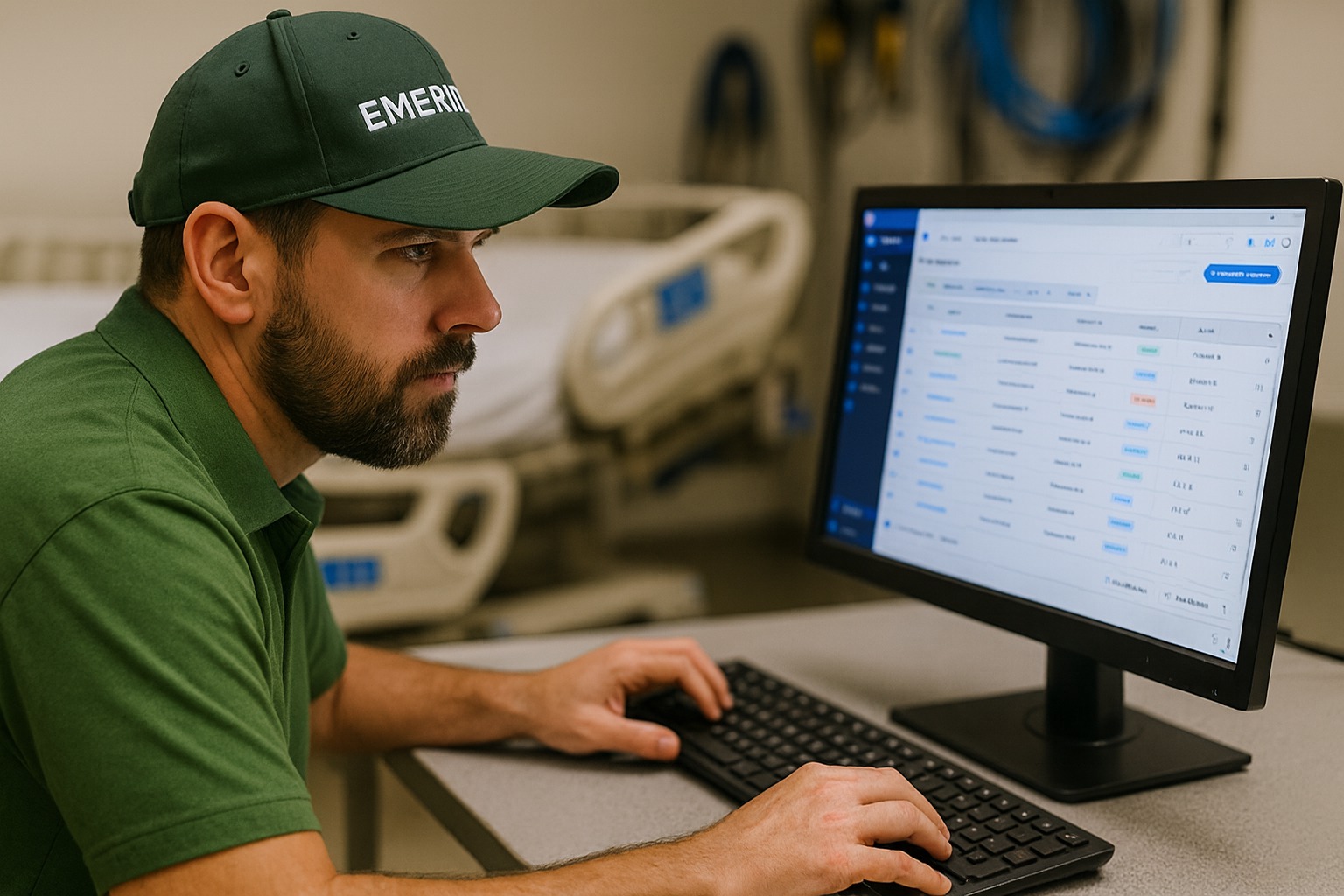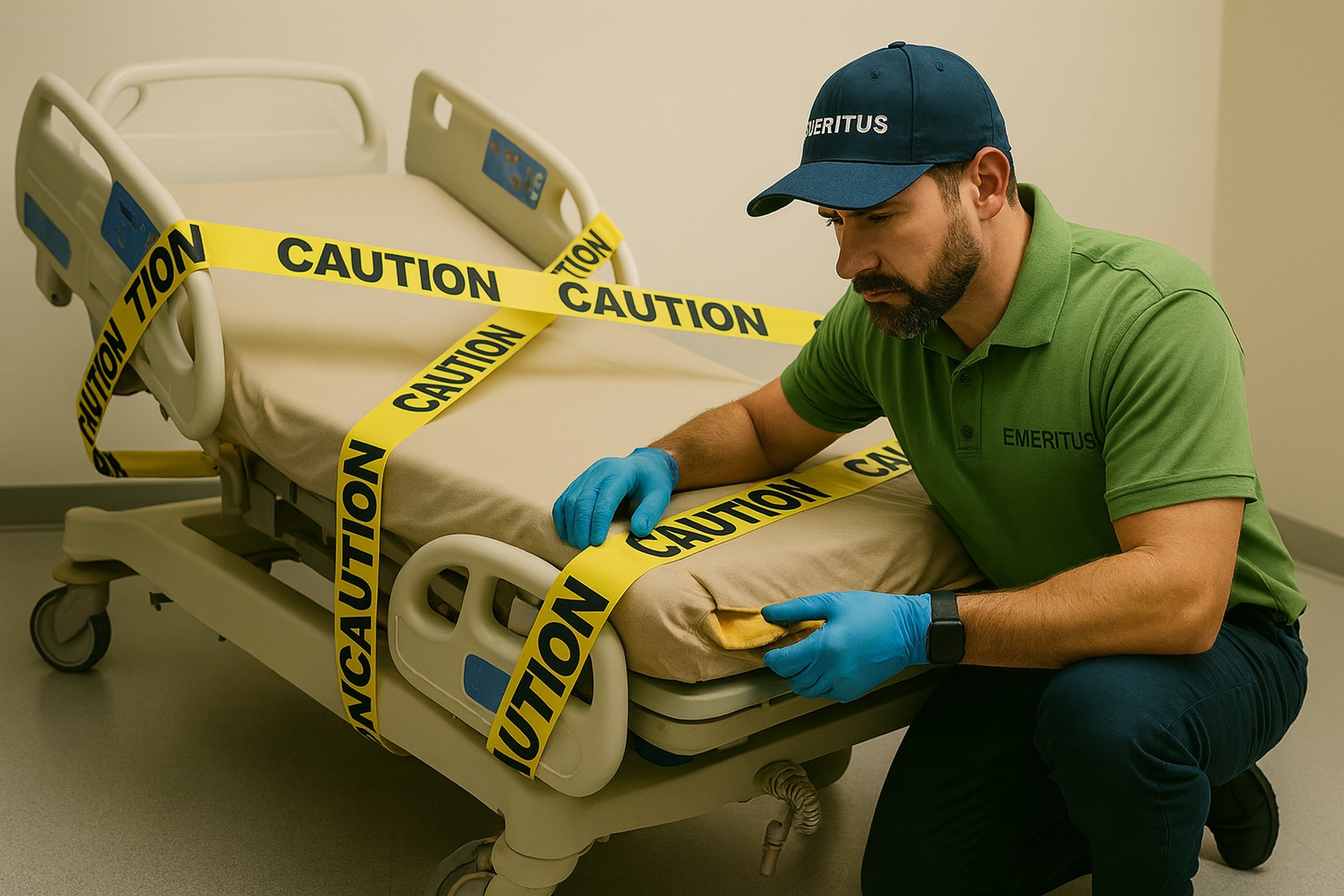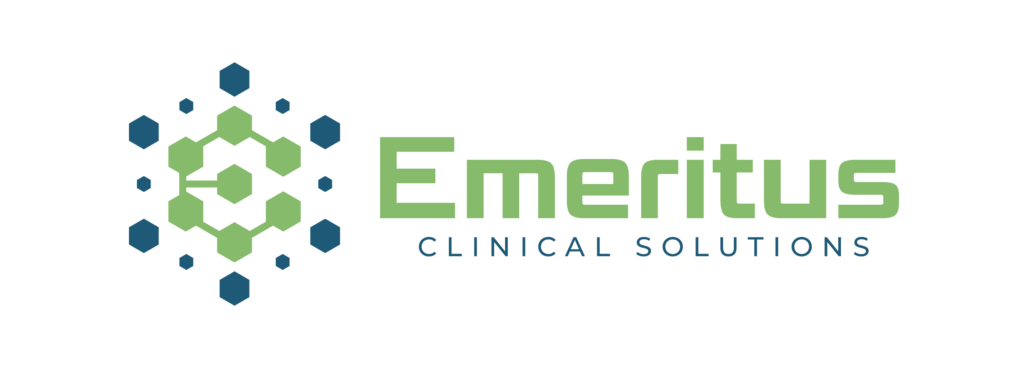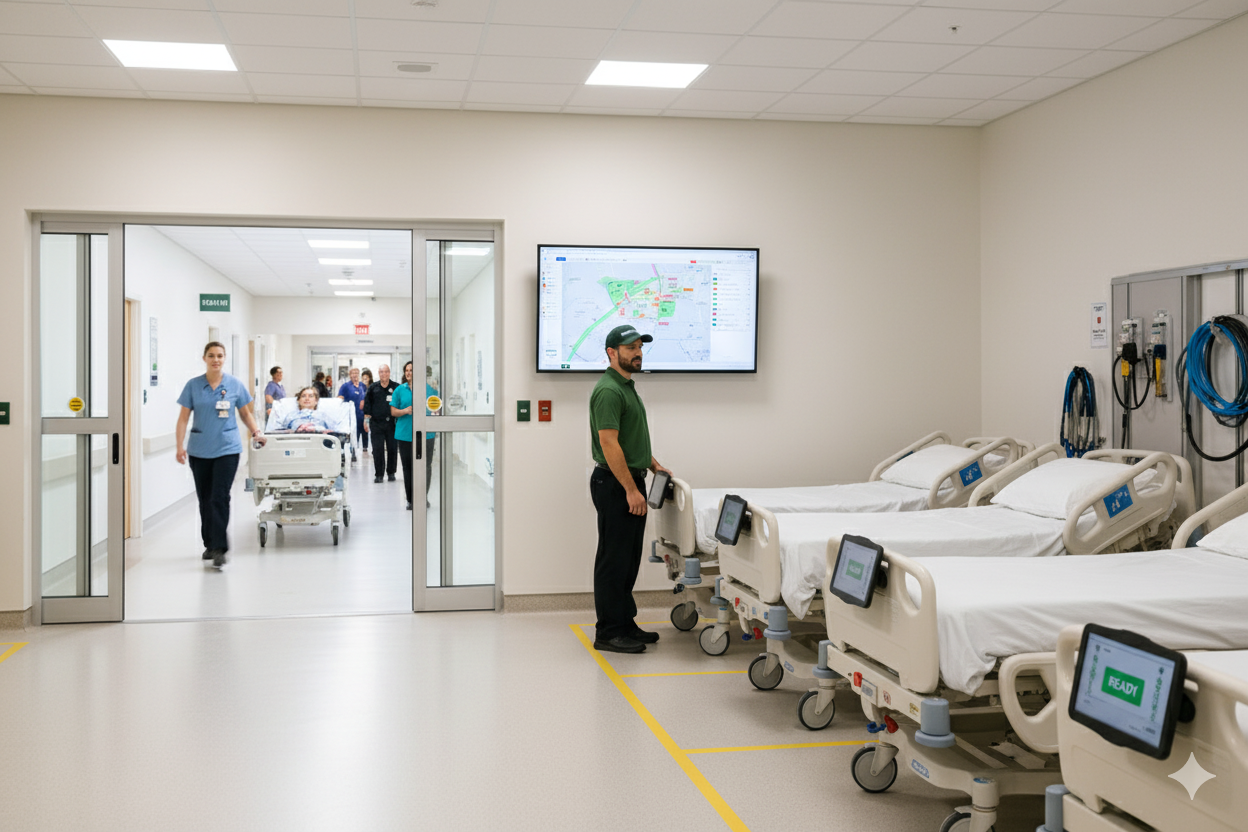
Effective hospital bed and stretcher maintenance go beyond just keeping equipment functional—it’s about ensuring that downtime is minimized, service providers are aligned with organizational goals, and compliance with regulations is met. Emeritus addresses these challenges head-on through our Quarterly Business Review (QBR) process, which is a cornerstone of our Bed Maintenance 2.0 program. Here’s how our QBRs solve three critical issues: downtime visibility, service alignment, and regulatory compliance.
1. Poor Visibility into Hospital Bed Downtime and Performance
In healthcare facilities, downtime for hospital beds and stretchers can directly impact patient care. However, many facilities don’t have the tools to track downtime effectively, making it difficult to improve performance or anticipate failures.
Emeritus QBRs provide:
- Detailed downtime metrics for each hospital bed and stretcher, helping facilities understand how often equipment is unavailable.
- Performance insights, highlighting underperforming beds that may require more frequent maintenance.
- Work order tracking, showing the progress and completion of maintenance tasks.
By providing this visibility, Emeritus helps healthcare facilities reduce equipment downtime, allowing them to keep more beds operational and minimize disruptions to patient care.
2. Misalignment Between Facilities and Service Providers
Many healthcare facilities experience a disconnect between their internal goals and the services provided by OEMs or ISOs. These providers may be more focused on their own metrics, such as completing work orders, rather than ensuring the facility’s beds are operating efficiently and in line with the organization’s goals.
At Emeritus, our QBRs ensure that our Bed Maintenance 2.0 program is aligned with your facility’s objectives. We do this by:
- Reviewing work order performance, ensuring timely and efficient service.
- Providing feedback loops, where clients can share their goals, allowing us to tailor our services accordingly.
- Tracking service quality, ensuring we’re not just completing tasks but improving the overall performance of hospital beds and stretchers.
This alignment helps facilities get the most out of their maintenance program, ensuring that the service provided meets their operational needs.
3. Regulatory Compliance Challenges
Healthcare facilities must stay compliant with strict regulations from bodies like the Joint Commission, particularly when it comes to equipment safety and maintenance. Failing to maintain hospital beds and stretchers according to these standards can lead to penalties or even operational shutdowns.
Emeritus QBRs help our clients stay compliant by:
- Tracking Joint Commission inspections, ensuring all hospital beds and stretchers meet the necessary regulatory standards.
- Providing a compliance timeline, highlighting when equipment was last inspected and when upcoming inspections are due.
- Offering regulatory insights, allowing facilities to address potential compliance issues before they become a problem.
With Emeritus, healthcare facilities can rest assured that their hospital bed maintenance is always aligned with the highest standards of regulatory compliance, reducing the risk of penalties and ensuring patient safety.
Through our Quarterly Business Reviews, Emeritus is helping healthcare facilities solve common challenges related to downtime, service alignment, and compliance in hospital bed and stretcher maintenance. Our Bed Maintenance 2.0 program goes beyond traditional maintenance approaches, offering comprehensive insights and alignment to ensure our clients’ operations run smoothly and efficiently.
